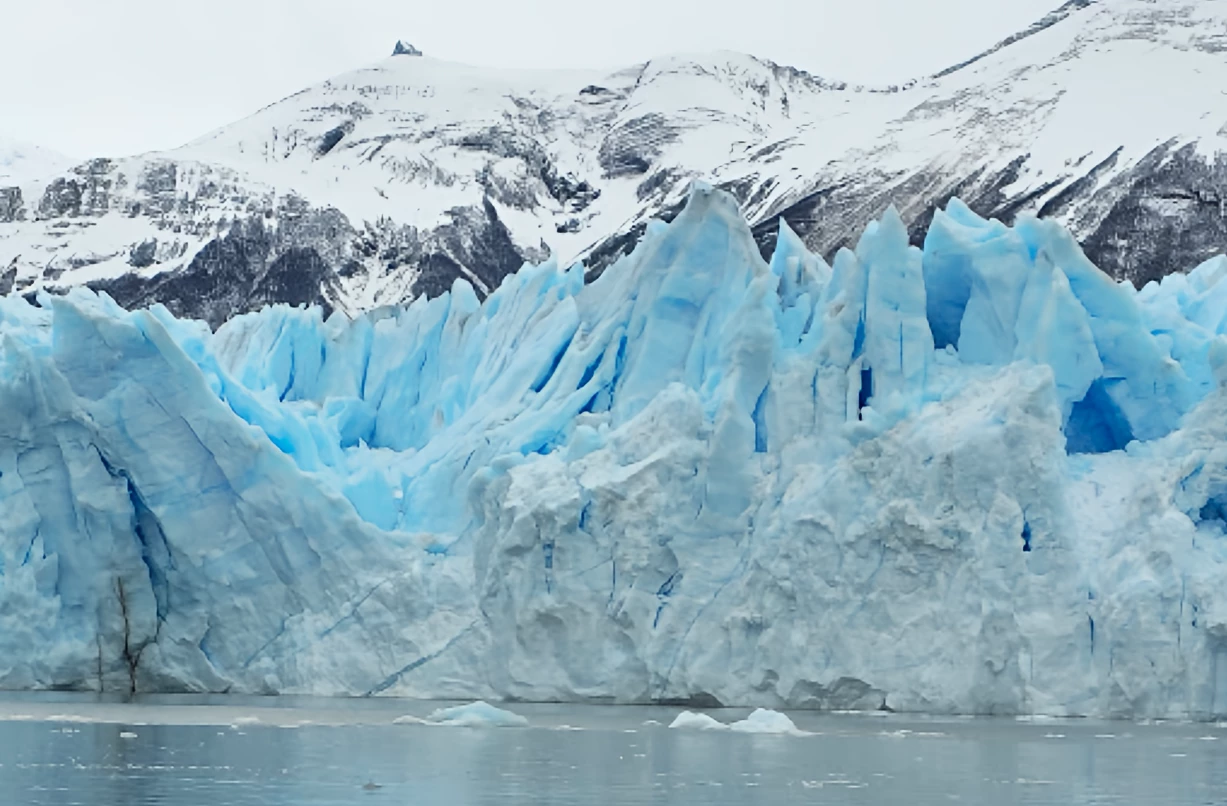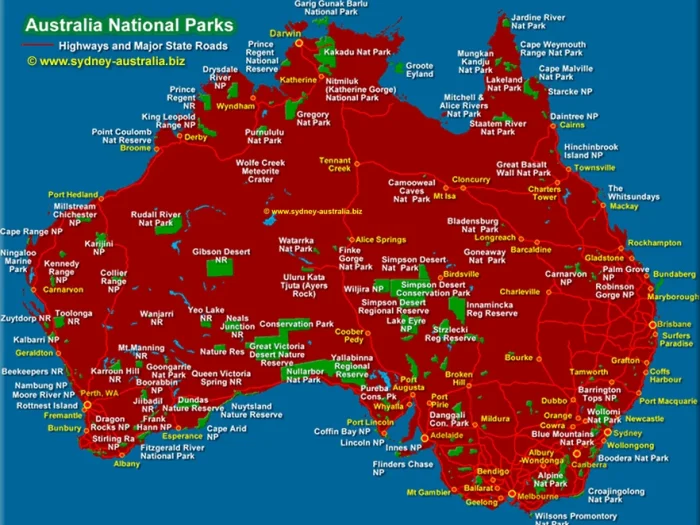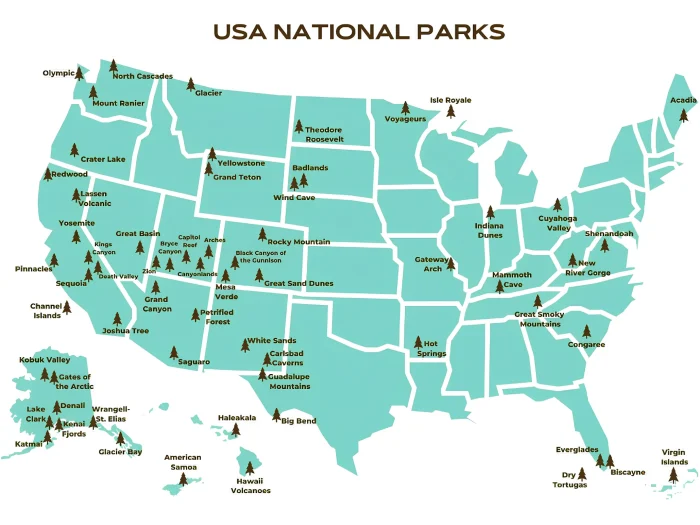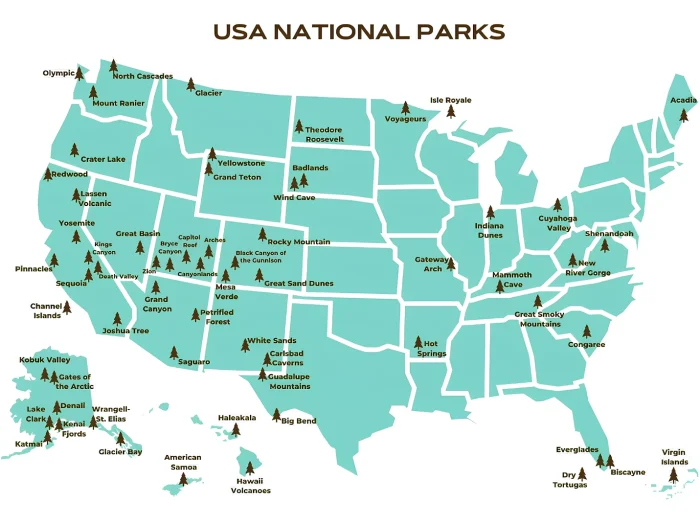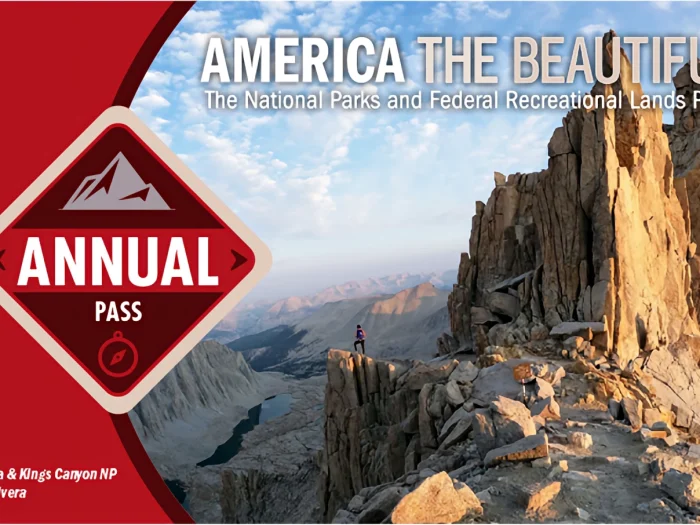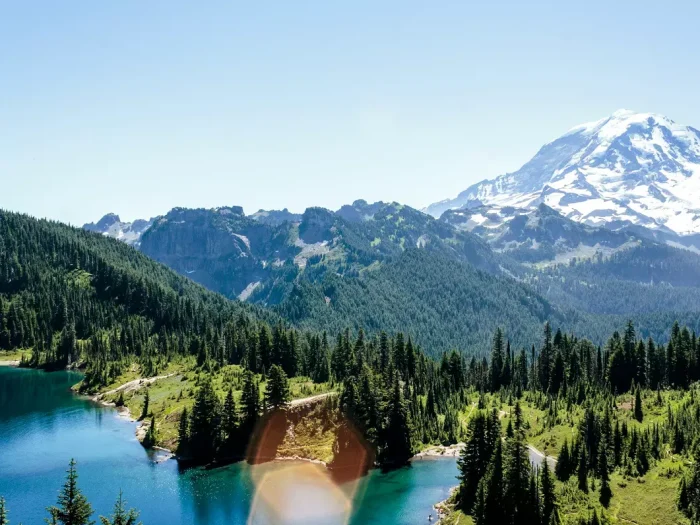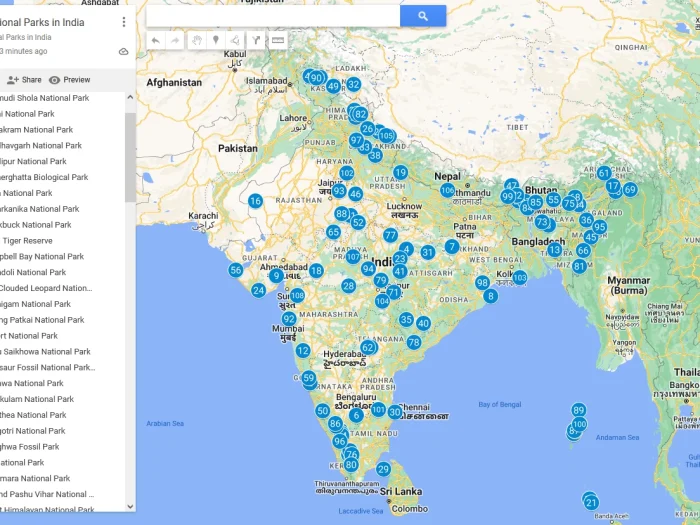Exploring Los Glaciares National Park: A Guide to Argentina’s Natural Wonder
Los Glaciares National Park, Patagonia, Argentina, is a UNESCO World Heritage site known for its stunning landscapes, massive glaciers, and diverse wildlife. Spanning over 7,000 square kilometers, this park is a must-visit for nature lovers and adventure seekers alike. Whether you’re drawn to the awe-inspiring Perito Moreno Glacier or the jagged peaks of Mount Fitz Roy, this guide will help you plan your trip to one of South America’s most iconic national parks.
How to get to Los Glaciares National Park
There are two main gateways to Los Glaciares National Park: El Calafate and El Chaltén.
- El Calafate: This small town is the primary access point for the southern part of the park, including the world-famous Perito Moreno Glacier. The closest airport to Los Glaciares National Park is El Calafate International Airport. You can fly into El Calafate International Airport (FTE) from major Argentine cities like Buenos Aires, Ushuaia, or Bariloche. From El Calafate, it’s about an 80-kilometer (50-mile) drive to the park entrance, with plenty of shuttle services, private tours, and car rentals available.
- El Chaltén: This village is located near the northern section of the park, close to Mount Fitz Roy and Cerro Torre. El Chaltén is known as Argentina’s trekking capital and is easily accessible by bus from El Calafate (a 3-hour journey). This area is ideal for hikers and climbers.
Both sections of the park offer unique landscapes and experiences, so plan your visit based on what you’re most interested in seeing.
Things to do in Los Glaciares National Park
- Perito Moreno Glacier: The crown jewel of Los Glaciares National Park, the Perito Moreno Glacier is one of the few advancing glaciers in the world. Visitors can take a boat tour to get up close to the glacier’s towering ice walls or explore the well-maintained viewing platforms. For the adventurous, ice trekking on the glacier is a unique experience.
- Hiking in El Chaltén: El Chaltén offers some of the best hiking trails in Patagonia. The Laguna de los Tres hike is a must for anyone wanting a close view of the stunning Mount Fitz Roy, while the Laguna Torre trail takes hikers to the base of the majestic Cerro Torre. Trails range from easy day hikes to multi-day treks for more experienced hikers.
- Boat Tours on Lago Argentino: In the southern section of the park, you can take boat tours across Lago Argentino, the largest lake in Argentina, to see other glaciers like Upsala and Spegazzini. These boat trips provide incredible views of icebergs and rugged landscapes.
- Wildlife Watching: The park is home to a variety of wildlife, including Andean condors, guanacos, pumas, and a variety of bird species. Whether you’re trekking or taking a boat tour, keep an eye out for these native animals.
- Mountaineering and Climbing: For experienced climbers, the rugged peaks of Fitz Roy and Cerro Torre offer challenging ascents. These mountains have a long history in the climbing community and attract mountaineers from around the world.
Los Glaciares National Park facts
Here are some interesting facts about Los Glaciares National Park:
- UNESCO World Heritage Site: Los Glaciares National Park was declared a UNESCO World Heritage Site in 1981 due to its stunning landscapes, biodiversity, and geological significance.
- Size: The park spans over 7,269 square kilometers (2,806 square miles), making it one of the largest national parks in Argentina.
- Glaciers: The park is home to 47 glaciers, with the most famous being Perito Moreno Glacier. These glaciers are part of the Southern Patagonian Ice Field, the world’s third-largest freshwater reserve.
- Perito Moreno Glacier: This glacier is one of the few in the world that is still advancing. It covers an area of 250 square kilometers (97 square miles) and is about 30 kilometers (19 miles) long.
- Mount Fitz Roy: Located in the northern section of the park, Mount Fitz Roy (or Cerro Chaltén) is one of the most iconic peaks in Patagonia, standing at 3,405 meters (11,171 feet). It is a favorite destination for trekkers and climbers.
- Wildlife: The park is rich in wildlife, including species like the Andean condor, pumas, guanacos, and many endemic bird species. The park’s diverse ecosystems range from temperate forests to high-altitude grasslands.
- Lago Argentino: The largest lake in Argentina, Lago Argentino, is located within the park and has an area of 1,466 square kilometers (566 square miles). The lake is fed by glacial meltwater, making it a stunning turquoise color.
- Two Sections: The park has two main sections – the southern (around El Calafate and Perito Moreno Glacier) and the northern (around El Chaltén, known for hiking and mountaineering).
- Hiking Capital: El Chaltén, the small village located in the northern part of the park, is known as Argentina’s trekking capital, offering world-class trails for hikers, including the popular Laguna de los Tres and Laguna Torre hikes.
Los Glaciares National Park entrance fee
As of 2023, the entrance fee to the park varies for international visitors, Argentine residents, and students. For international travelers, the fee is approximately ARS 6000 for tourists ($5 to $10 USD) per person, depending on the season. Argentine residents enjoy a discounted rate, and children under a certain age can enter for free. It’s worth checking the official park website for the most up-to-date pricing, as fees may change from year to year.
The park is open year-round, but entrance hours and access to certain areas can be limited depending on the season.
Weather in Los Glaciares National Park
The weather in Los Glaciares National Park can be unpredictable, especially in the higher elevations around Mount Fitz Roy and Cerro Torre. Generally, the best time to visit Los Glaciares National Park is during the summer months (November to March), when temperatures are milder, ranging from 5°C to 20°C (40°F to 68°F). However, strong winds and sudden rainstorms are common even during summer, so it’s important to be prepared for varying conditions.
- Winter (June to August) is cold, with temperatures dropping to freezing or below, but the park remains open. Winter is a quieter time to visit, and while some trails may be inaccessible due to snow, the scenery is magical with snow-capped mountains and frozen lakes.
- Spring and Fall (September to November and March to May) offer cooler temperatures but are excellent for photography, with fewer tourists and the possibility of seeing the region’s vibrant fall colors or wildflower blooms.
Conclusion
Los Glaciares National Park, Patagonia, Argentina is a destination of unrivaled beauty, offering experiences for every type of traveler, from casual tourists to seasoned adventurers. Whether you’re marveling at the Perito Moreno Glacier or trekking through the dramatic landscapes around El Chaltén, this park will leave you with unforgettable memories. Plan ahead, be prepared for the Patagonian weather, and enjoy the wonders of Argentina’s natural treasure.

